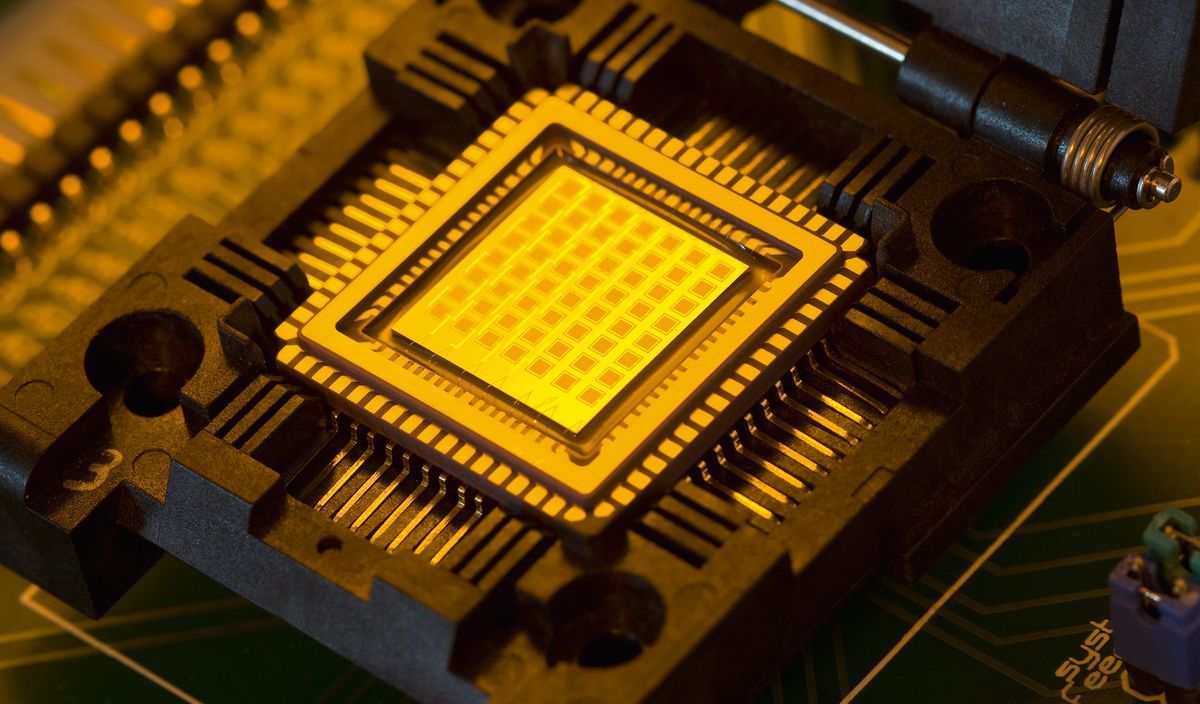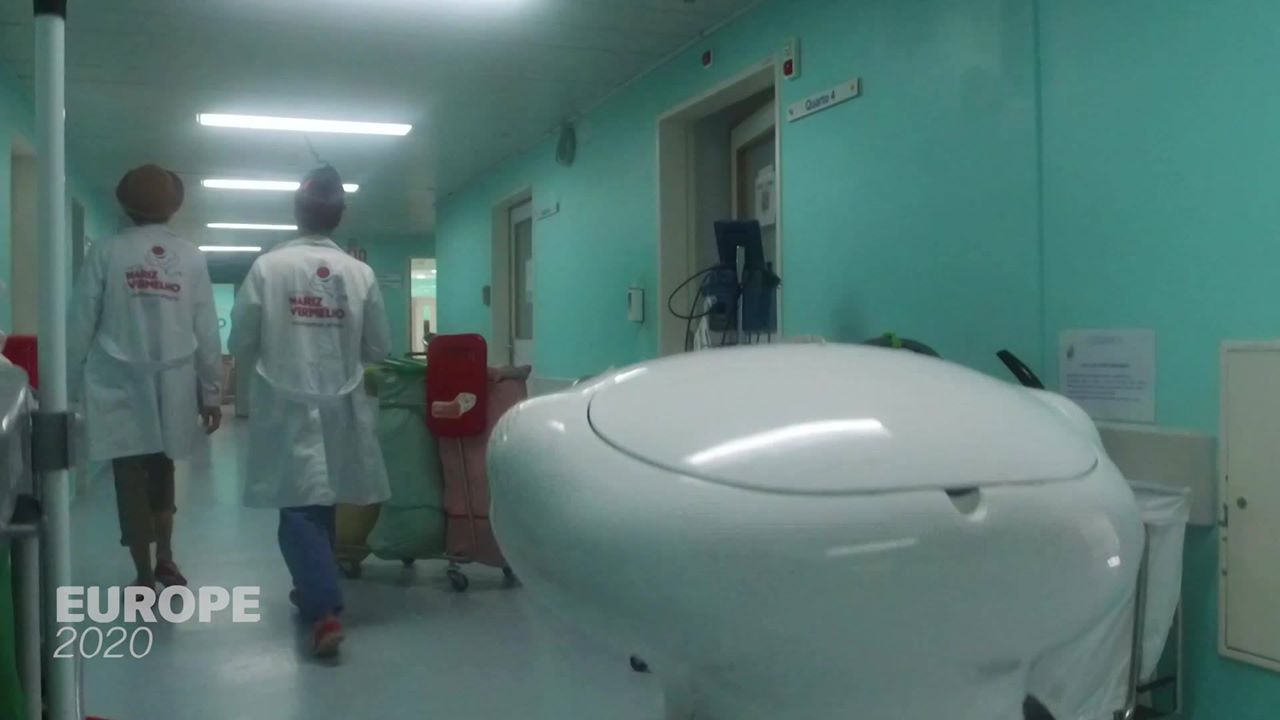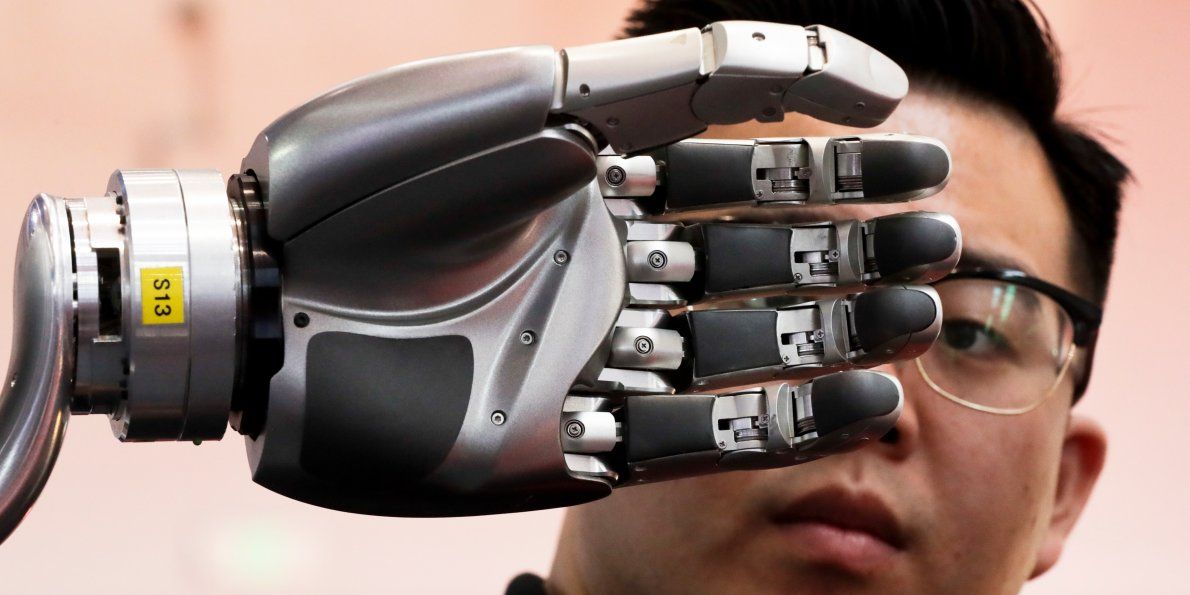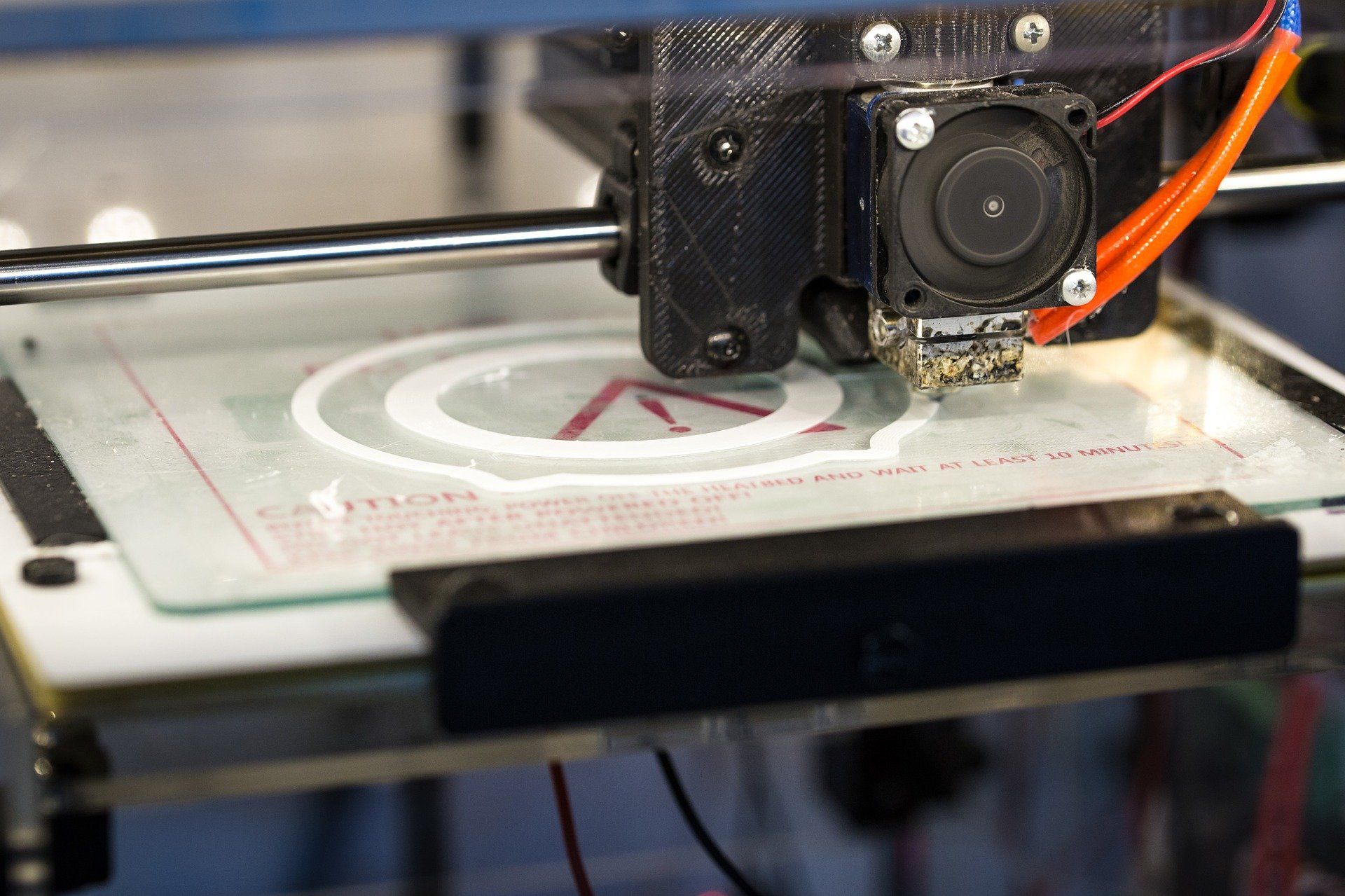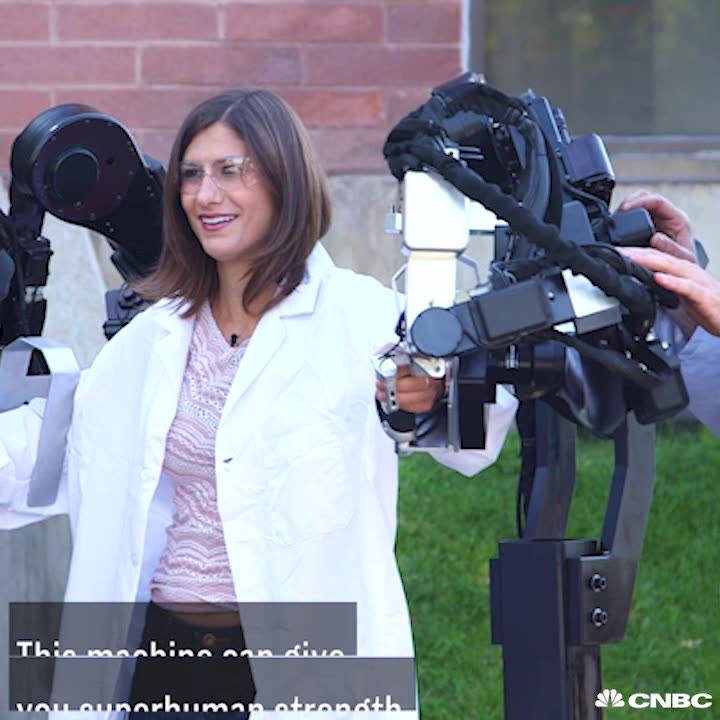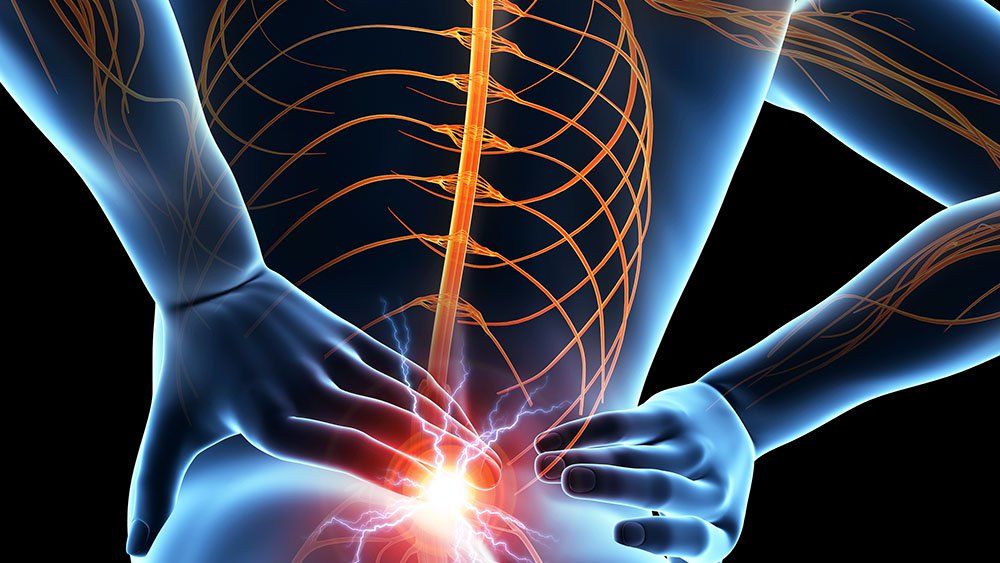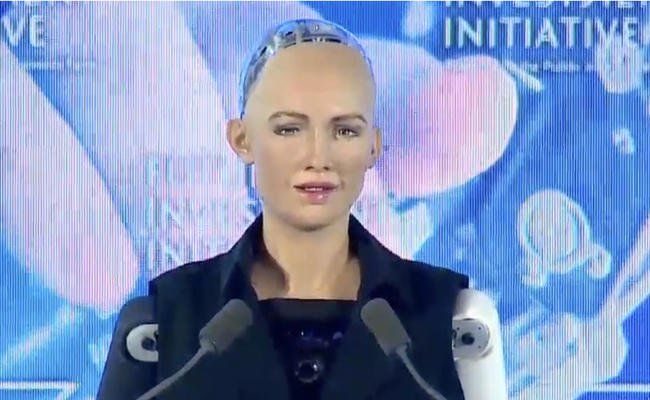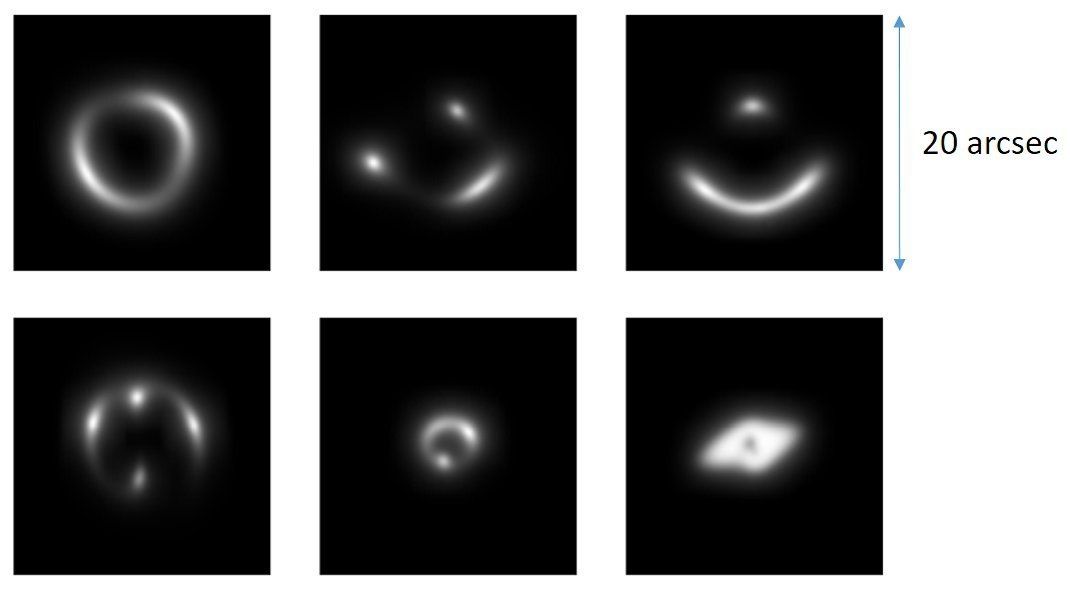
Since emerging as a species we have seen the world through only human eyes. Over the last few decades, we have added satellite imagery to that terrestrial viewpoint. Now, with recent advances in Artificial Intelligence (AI), we are not only able to see more from space but to see the world in new ways too.
One example is “Penny”, a new AI platform that from space can predict median income of an area on Earth. It may even help us make cities smarter than is humanly possible. We’re already using machines to make sense of the world as it is; the possibility before us is that machines help us create a world as it should be and have us question the nature of the thinking behind its design.
Penny is a free tool built using high-resolution imagery from DigitalGlobe, income data from the US census, neural network expertise from Carnegie Mellon and intuitive visualizations from Stamen Design. It’s a virtual cityscape (for New York City and St. Louis, so far), where AI has been trained to recognize, with uncanny accuracy, patterns of neighbourhood wealth (trees, parking lots, brownstones and freeways) by correlating census data with satellite imagery.
Read more
